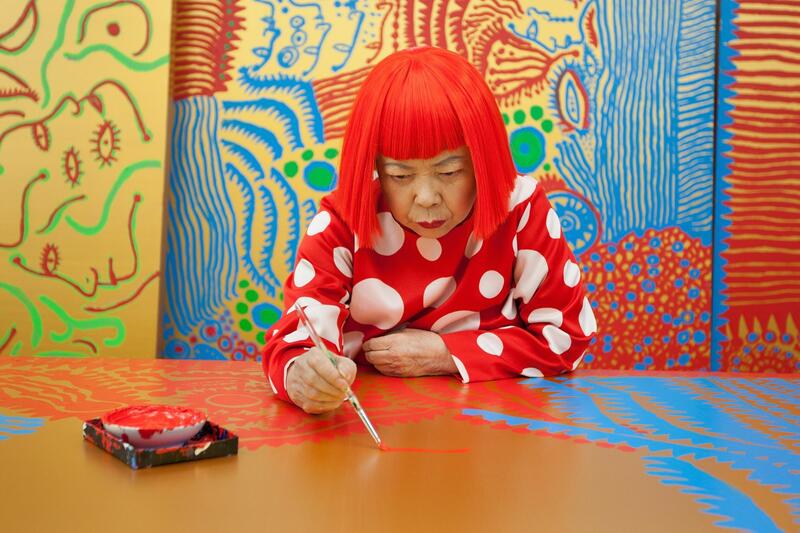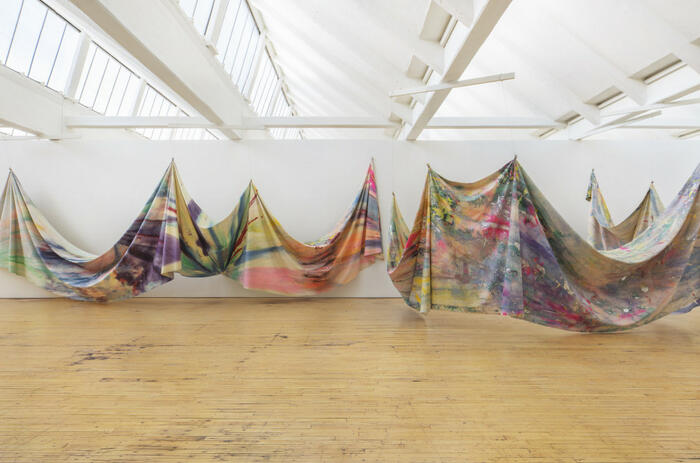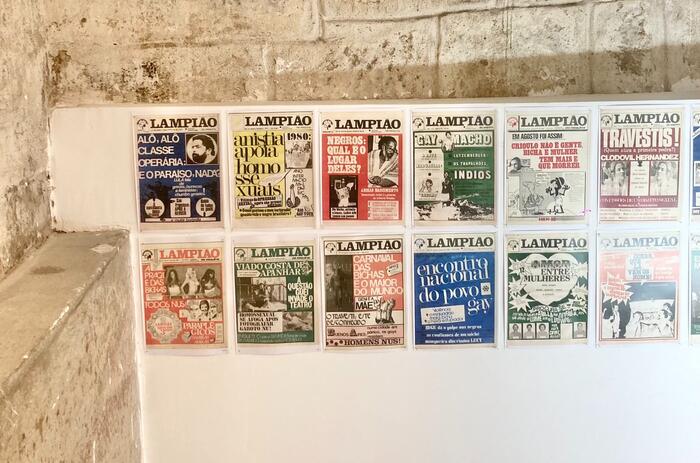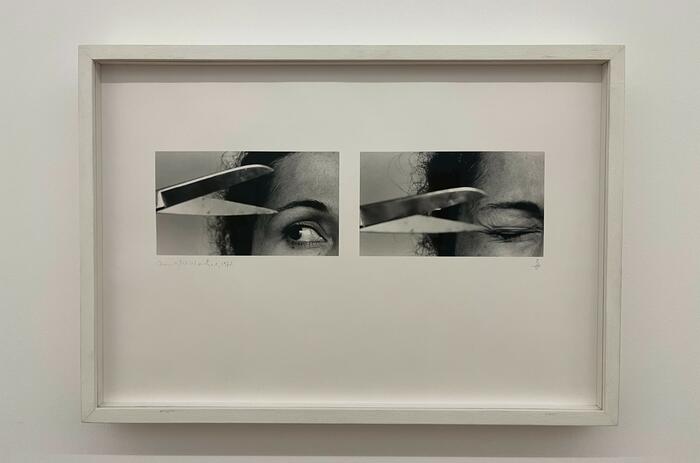NARRATIVES: FROM META-STORIES TO POSTART
The rise of the philosophy of language in the middle of the last century impacted all areas of humanistic culture, especially theoretical thought and the arts. The notions of discourse, story and narrative are part of that linguistic turn in which culture is perceived as a text. This approach has also influenced the conceptualization, appreciation and evaluation of the visual arts, even in the face of the programmatic reluctance of art-purism and its rejection of the anecdotal. Basically, the discursive subjects, the story and the narration displaced the old leading role of the "retinal" aesthetics. Since then, a large part of the artistic questions are aired in the verbal sphere and not in the strictly sensible plane.

First there were the "translations" that established homologies between the visual and the verbal as if they were equivalent grammars. Then came the anecdotes about the artists' routines and extravagances as a complementary by-product of the works. Later on, there were the manifestos, declarations and founding programs that established the purposes of the artists. It was followed by tautological arguments that identified the work with its concept. Finally, stories of self-affirmation and autobiographical accounts emerged as creative foundations. Overall, little by little the meaning of the works has been transferred to the narratives that sustain and wrap them like cases ready for consumption.
Statement, curatorial texts, analytical essays make up an anecdotal horizon that offers details (previously superfluous) about the author's life events, his gender identity, his ethnic origin, his social environment, his migratory status, as well as any other circumstance or physical, mental or professional condition that places your work on a dramatic horizon. Of course, each story is a unique story. There are narratives that explore the intimate experience with greater intensity, while others place the emphasis on exogenous conditioning factors.
Certainly, the narrative twist has managed to motivate the public, thirsty for shocking stories, almost like in soap operas and newscasts. That Jean-Michel Basquiat is the proletarian alter ego of Andy Warhol, that the death of Ana Mendieta has sparked controversy, that Yayoi Kusama paints from the hospital, that Joseph Beuys was shot down in Crimea during the war, that Marisol Escobar was of withdrawn temper or that Damien Hirst promotes his public presence with presumably unorthodox methods, confers a novelistic aura on these artistic personalities.
The subject is not at all frivolous if we consider that the American art critic and philosopher Arthur C. Danto, framed within the "institutional theory of art" and the thesis on "the end of the history of art", had warned about it. Role of narratives in the construction of history, not only as a sequence of events as well as the incorporation of personal perspective. According to him, as he wrote in “Narration and Knowledge” (1985): "A narrations describes adn explains at the same time". He added that "... it is not possible to give a complete description of any event that does not have the use of the narrations".
In other words, it is no longer just a matter of delving into analysis and concepts, but of knowing the small narratives that surround artistic practices and behaviors. They can be neighborhood stories, travel reviews, memories of experiments, unexpected encounters, family stories and, in general, specific events, some of them apparently tiny, where the work works as a review, outcome or moral of these ups and downs.
The postmodernity and its metamodern sequels harshly confronted the parameters imposed by the "master narratives" and the "unitary reports". It was then that the nihilist perspective replaced the systematic model, allowing the entrance to the stage of voices and subjectivities that were then silenced. Paradojically, after the "end of history", all is history; after the "great meta-stories", all is story; and it also seems that "after the end of art", all is art. The micro-stories and the non-centralized narratives are the new guarantors of the existence and legitimacy of the “post-art”. Hence the importance of the narrative support (descriptive and explanatory at the same time as Danto) in the construction of meaning in contemporary visual arts.
The problem before was that there was only one dominant account; The current problem is that "no report organizes diversity", as argued by Néstor García Canclini in his book "Society without report" (2010). According to the author: "To speak of this art disseminated in a globalization that cannot be articulated, we cannot think about it in a history with an orientation, in a state of transition of the society in which there is doubt between models of development". Now we are all "authors" of superposed stories and what we hear is the intense murmur of the swarm.









